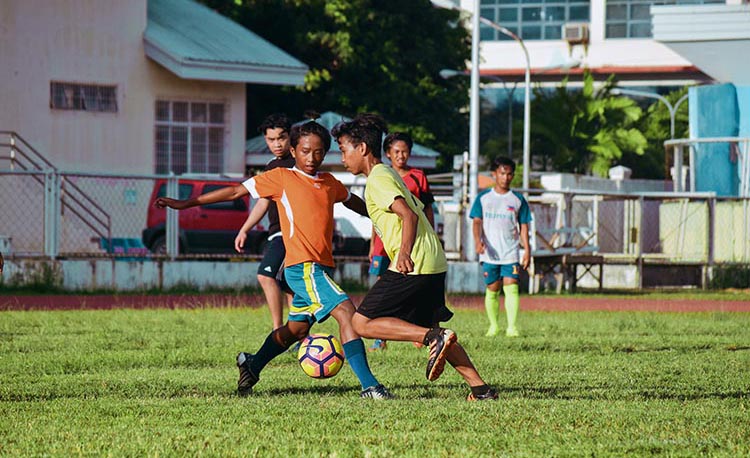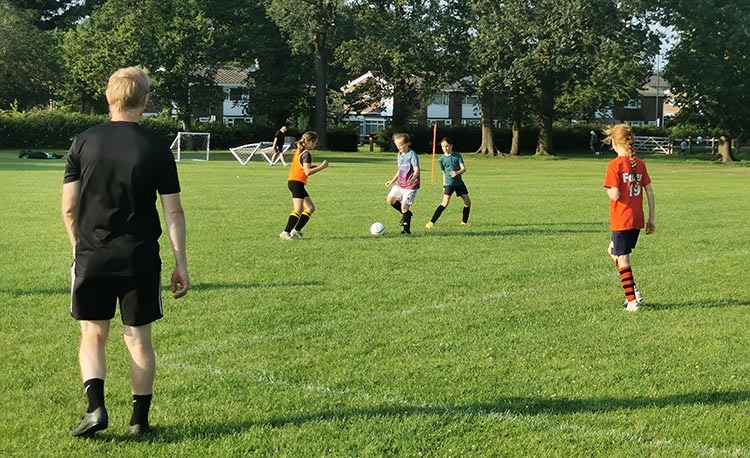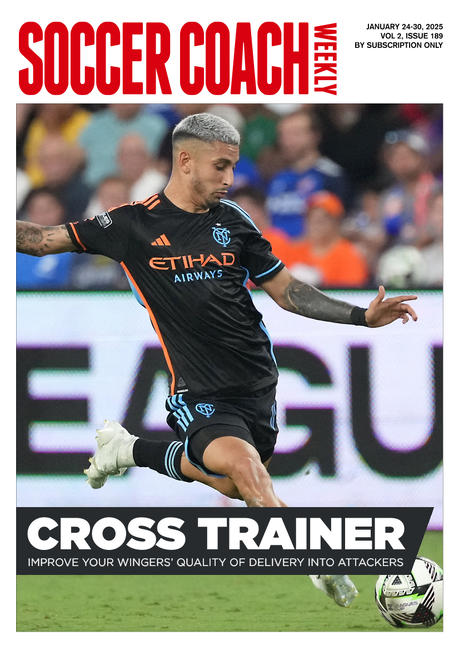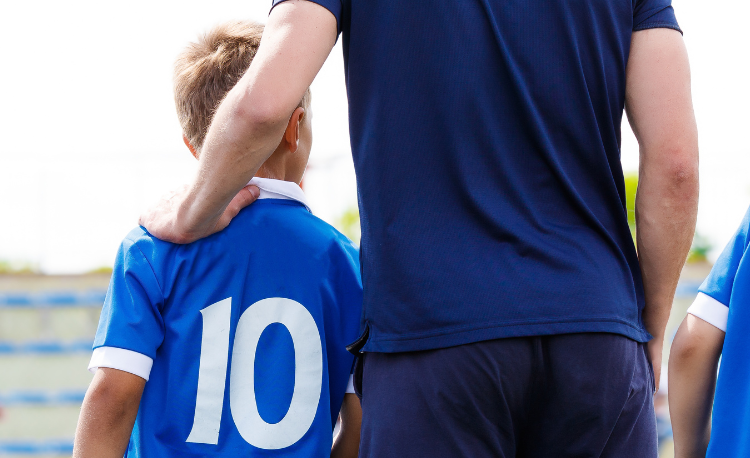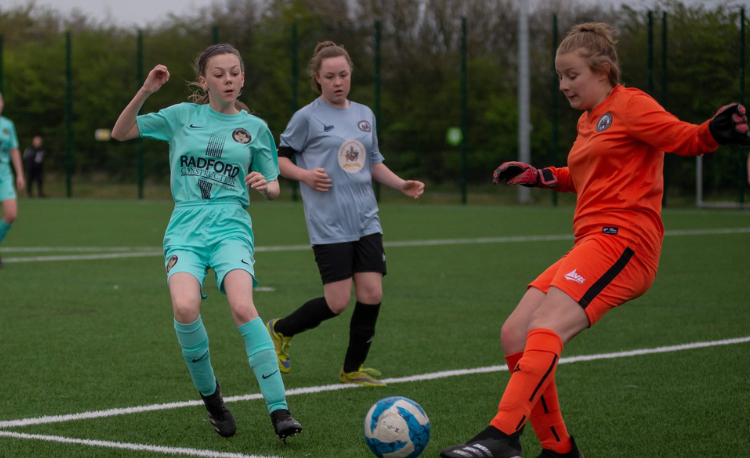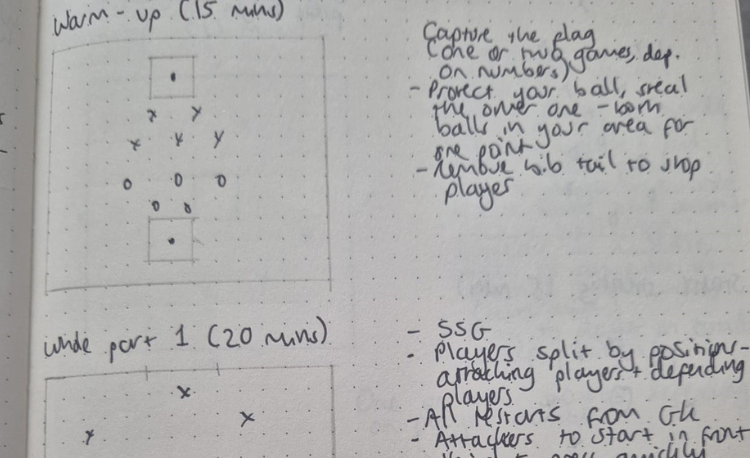5 reasons to use arrival activities
They are becoming more widely used by coaches before sessions. Here, Uefa A coach and grassroots specialist Paul Barry lists the benefits of arrival activities.
Here are five reasons why using Arrival Activities can pep up your practices, put your players in a good mood and give you some crucial planning time...
01 - Creating a healthy environment
First impressions are vital. A training area with goals, balls and bibs looks extremely appealing to a young player.
Coaches can achieve buy-in straight away with a playful-looking environment, where the children know they are going to be immediately involved on arrival.
If a coach creates a safe, secure and play- orientated environment, it will allow players to blow off steam and bring energy and dynamism to the session from the off.
02 - Social time for players
Your players will have generally been at school all day prior to arriving for training, so arrival activities can help them burn some of that pent-up energy.
It is unrealistic to simply expect players to turn up and be ready to listen, but a routine of arrival activities can certainly help.
For grassroots teams that maybe only train once a week, arrival activities are also perfect for players to socialise, build bonds and be kids with no pressure or risk, which encourages them to express themselves.
03 - Time for the coach
Arrival activities create valuable extra time for a coach to make any last- minute adjustments to a session, particularly if you are shorter on numbers, space or equipment than expected.
For those working part-time or in a voluntary capacity, those extra few moments can be crucial after a day of work and with precious little time to fully plan the session.
It is also a chance for coaches to observe and assess their players’ personalities and attitudes. Who looks up for training? Does anyone appear a little withdrawn? This may help you manage behaviours and expectations within the group.
It is often only in stepping back and zooming out that we are able to gauge and understand our players more effectively.
04 - Player ownership
Players themselves can be given the chance to determine what they do in the arrival activity phase of the session, be it playing a game, practising free-kicks or penalties, or working on their ball control.
As well as the direct learning, the social interactions between players can help build unity, morale and respect. And giving young players more independence and responsibility can result in increased self- confidence and empowerment.
Self-determination theory suggests three areas are required for individuals to become intrinsically motivated to improve:
- A sense of mastery: the need to become competent in an activity or action.
- Autonomy: the need to be in control of one’s
- Relatedness: the need to feel connected with
Using this model when planning player- led arrival activities, and decentralising decisions, will foster creative thinkers and young people with imagination.
05 - Increased ball contact and rolling time
One of the core principles of the England DNA is that training incorporates a target of 70%-plus ball-rolling time. Arrival activities can help to achieve this.
Allowing players to practice is fundamental to their personal development - and if we want them to improve, there needs to be more ball-rolling time and less time spent being stationary and listening to long, drawn out messages and instruction from a coach.
Carefully planned arrival activities can increase ball-contact time and learning, rather than filling heads with information which often gets forgotten.
Related Files
Newsletter Sign Up
Coaches Testimonials

Gerald Kearney, Downtown Las Vegas Soccer Club

Paul Butler, Florida, USA

Rick Shields, Springboro, USA

Tony Green, Pierrefonds Titans, Quebec, Canada
Subscribe Today
Discover the simple way to become a more effective, more successful soccer coach
In a recent survey 89% of subscribers said Soccer Coach Weekly makes them more confident, 91% said Soccer Coach Weekly makes them a more effective coach and 93% said Soccer Coach Weekly makes them more inspired.
*includes 3 coaching manuals
Get Weekly Inspiration
All the latest techniques and approaches
Soccer Coach Weekly offers proven and easy to use soccer drills, coaching sessions, practice plans, small-sided games, warm-ups, training tips and advice.
We've been at the cutting edge of soccer coaching since we launched in 2007, creating resources for the grassroots youth coach, following best practice from around the world and insights from the professional game.
